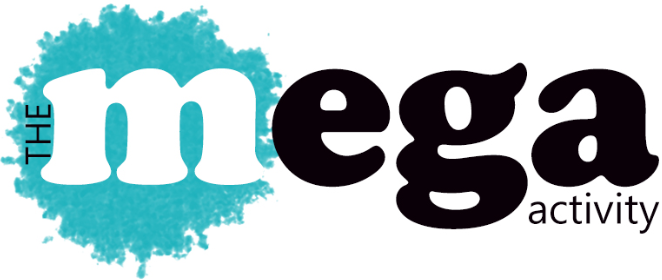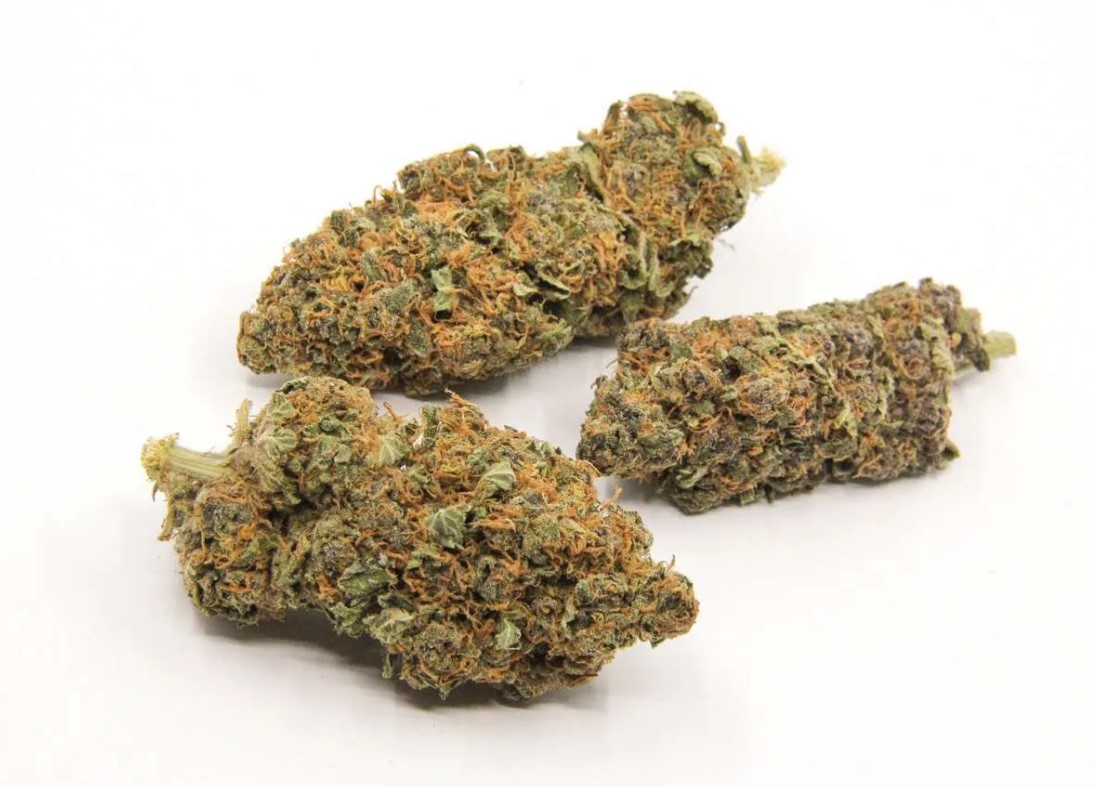The process of growing hemp flowers indoors is time-consuming and demanding, but the end result is well worth the effort. Every facet of indoor growth, from lighting to nutrients, affects the output and quality of the finished product. The percentages of cannabidiol (CBD) and tetrahydrocannabinol (THC) might be greater in hemp grown inside as opposed to outdoors. Hemp grown in accordance with Vermont State Hemp Regulations’ THC restrictions was harvested using both outdoor and indoor methods. The CBD: THC ratio was greater in an indoor setting than in an outdoor one. In a constrained environment, a positive 6 DIF treatment at 27:21 °C is ideal for the generation of female hemp flowers.
Estimated costs
Studies have shown that the annual cost of producing hemp flowers indoors may range from $175 to $616 per acre. On the other hand, fixed expenses like land may not be included in these estimations. Because of variations in plant density and spacing, the cost of producing hemp seed is often lower than that of producing hemp fiber. Based on the results of these experiments, the manufacturing costs of industrial hemp might be as low as $1 per pound. Note that these estimations are of lower quality than traditional crop research and that expert evaluations of hemp’s economic feasibility in the US are not promising. Because of the energy savings and biochar impacts on productivity, a techno-economic analysis showed that biomass gasification was the most cost-effective method for producing hemp indoors.
Significant initial investment
There has to be a substantial outlay of capital to establish an indoor hemp flower growing operation. The cost of the grow tent or room, irrigation systems, lighting, ventilation, and security measures all fall into this category. The magnitude of the activity and the equipment quality selected determine the initial setup expenses. Although investing in high-quality equipment may increase the initial investment, it may ultimately result in greater yields and flowers of superior quality.
Lighting is one of the most critical factors.
One of the most important aspects affecting the creation of indoor hemp flowers is lighting. Although they might be pricey, high-quality LED grow lights are a typical and popular choice for indoor growth. The area under cultivation and the lights utilized determine the total cost of illumination. Despite being more cost-effective and lasting longer than conventional lighting systems, LED lights may still be a hefty investment for indoor growers.
Maintaining optimal conditions
Indoor cannabis flower growing requires careful regulation of temperature, humidity, and ventilation. A/C, dehumidifiers, and ventilation systems may drive up the final price tag. Not only can climate control systems keep your plants healthy and productive, but they also help avoid the expensive problems of insect infestations and mold.
Specific nutrients and supplements
Hemp plants grown indoors have unique nutrition and supplement needs. Micronutrients like potassium, phosphorus, and nitrogen are all part of this. Products of different brands and quality range in price. Using low-quality fertilizers might cause plants to suffer, while investing in high-quality goods can result in healthier plants and more harvests.
Right growing medium
The choice of growth medium—which can range from soil to hydroponic systems—may have an impact on the total cost of production. While hydroponic systems may cost more up front, they have the potential to produce more in less time. It is important to consider your individual demands and budget when selecting a growth medium.
Labor costs
Cultivation staff pay, harvesting and trimming expenses, and general cultivation facility upkeep all fall under the category of labor expenditures. Depending on the operation’s size and the amount of automation, labor expenses might vary. There is an upfront investment in the equipment needed for automation, but it may help bring labor expenses down.
Regulations and testing requirements
Growers of hemp must adhere to stringent rules and undergo extensive testing. The whole budget should include the expenses linked to THC level testing and meeting local requirements. It is crucial to allocate funds appropriately to cover the expenses associated with complying with rules, since noncompliance may lead to penalties or the revocation of your cultivation license.
When looking for high-quality indoor hemp flower items, iFeelz should be at the top of your list. They meet all standards in the business with their top-notch cannabis goods.
Tips for cost optimization
You may save money in the long run by purchasing energy-efficient lighting, such as LED grow lights. You may save money on power bills and replacement expenses with LED lights since they use less energy and last longer than conventional lighting systems.
You can save money on labor and make sure your plants get regular care by automating watering, lighting, and temperature management. Instead of constantly monitoring and adjusting your plants’ conditions, you may set up an automated system to do it all for you.
In the long term, you may save money by purchasing materials in bulk. Supplier discounts on fertilizers, growth media, and other supplies are common when you buy in bulk, bringing your total cost down.
Optimizing plant density
In order to maximize efficiency and output, it is important to optimize plant density by spacing and arranging plants in a way that makes the most of available space and light. Reducing the need for expensive remedial measures, proper plant spacing also helps minimize insect infestations and mold.
To alleviate pressure on internal resources and maybe save money, think about outsourcing certain jobs like testing and compliance. In addition to lowering the likelihood of expensive errors, outsourcing may guarantee that these jobs are done by experts in the subject.




